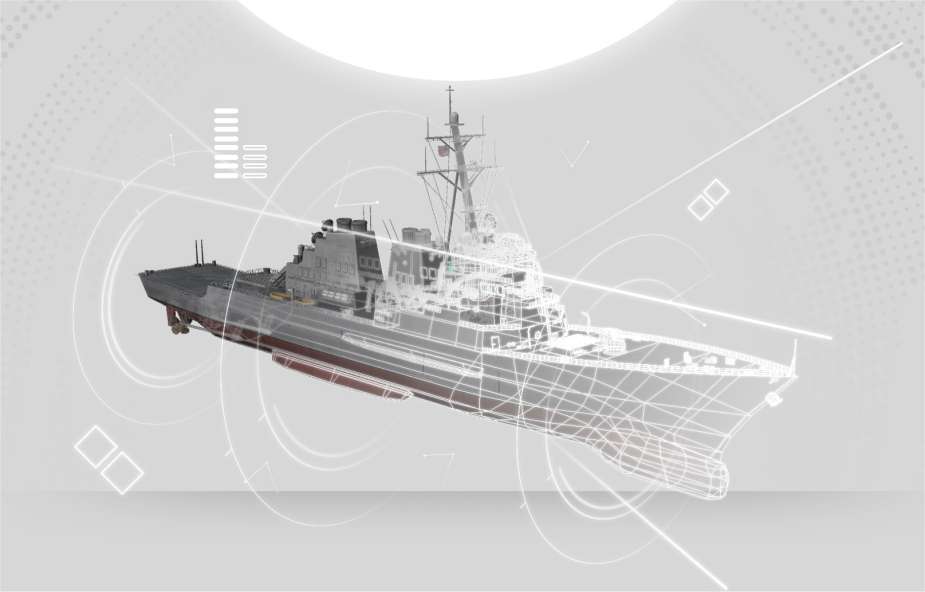Breaking news
Lockheed Martin's Aegis System Equipped Vessel program reaches new milestone.
According to a tweet published by Lockheed Martin on August 8, 2023, the firm recently wrapped up its fourth successful software demonstration for the Aegis System Equipped Vessel program. This demonstration illuminated the advanced integration and compatibility of the Aegis Weapon System with the SPY-7(V)1 radar.
Follow Navy Recognition on Google News at this link
 Artist rendering. (Picture source: Lockheed Martin)
Artist rendering. (Picture source: Lockheed Martin)
The Aegis System Equipped Vessels (ASEV), is a proposed pair of warships set to be operated by the Japanese Maritime Self Defense Force (JMSDF).
Intended as dedicated sea-based Ballistic Missile Defense (BMD) platforms, these vessels are Japan's alternative to the previously cancelled land-based Aegis Ashore BMD system.
These vessels, each with a displacement of 20,000 long tons, have a length of 690 ft and a beam of 130 ft. Capable of reaching speeds up to 30 knots, they can accommodate a crew of 110.
Equipped with the SPY-7(V)1 multi-function radar and J7.B Aegis Combat System, they are well-prepared for advanced naval operations. The ASEV's defense capabilities include the NOLQ-2 ECM intercept and jammer, along with four Mk 137 chaff and decoy launchers.
For armament, the warships possess the Mark 41 Vertical Launching System (Mk 41 VLS) with 128 cells, containing a variety of missiles such as the RIM-174 Standard Missile 6 (SM-6), RIM-161 Standard Missile 3 (SM-3), and Type 12 Surface-to-Ship Missile (SM-12). Additionally, they are outfitted with the Mitsubishi SH-60J/K/L helicopters, with support facilities like a flight deck and enclosed hangar.
The pivot towards the ASEV was initiated in 2020 when Japanese Defense Minister, Nobuo Kishi, revealed plans to construct two new Aegis destroyers as a replacement for the discarded land-based Aegis Ashore program.
By August 31, 2022, the Japan Ministry of Defense had set forth a plan to integrate two ASEVs into the JMSDF fleet. The first of these is slated for commissioning by the end of fiscal year 2027, with the second one following at the close of FY2028.
Budget allocations for design and related expenses are still under consideration, and legislative approval for initial procurement is anticipated by FY2023, with construction starting in FY2024.
The financial investment for this defense initiative is significant, with the construction of both ships estimated at 1 trillion yen, roughly equivalent to $7.1 billion USD.


























